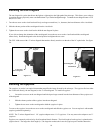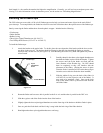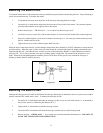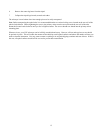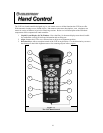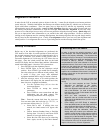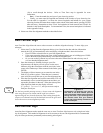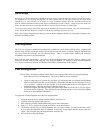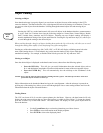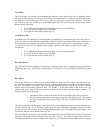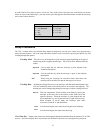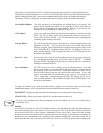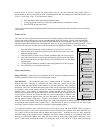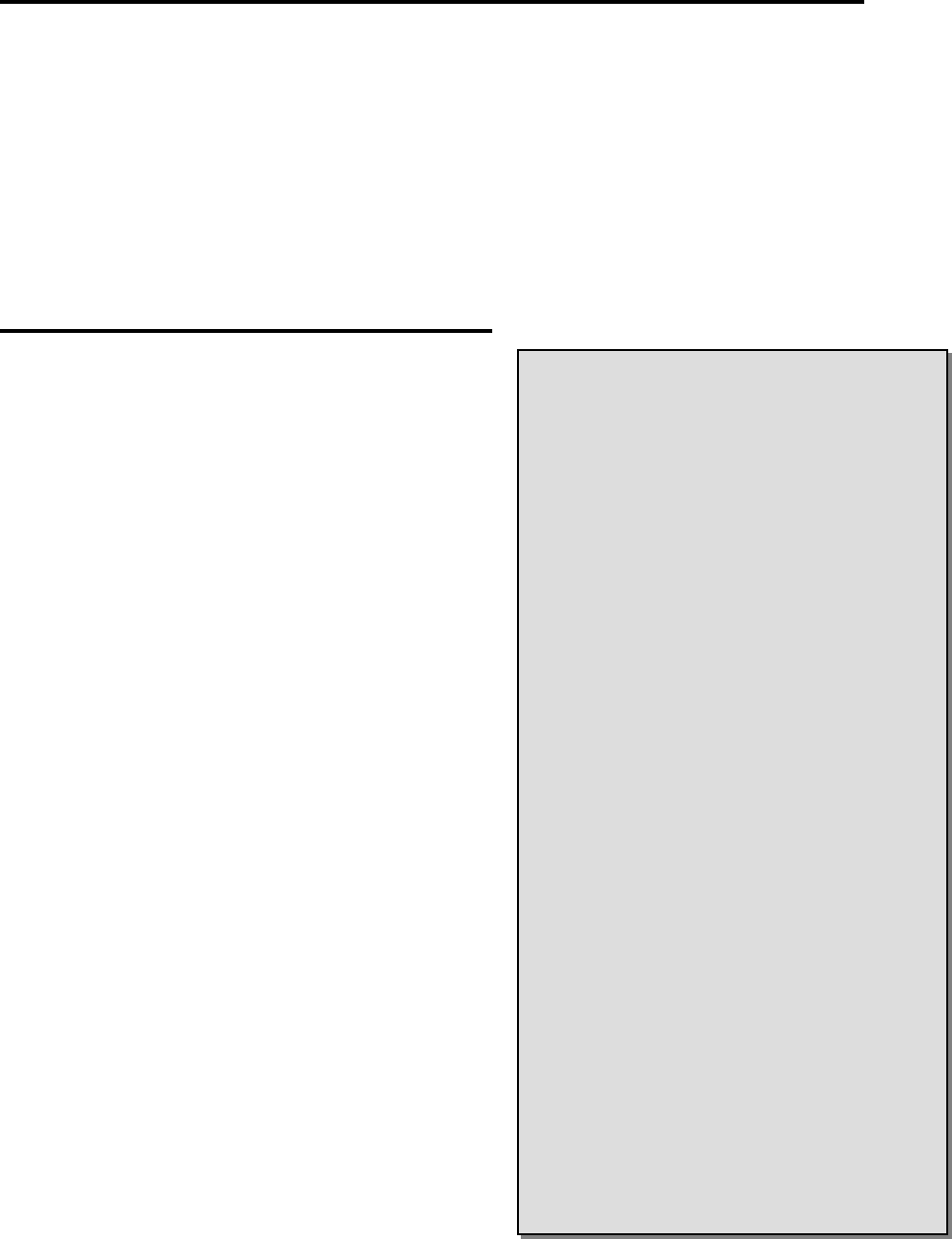
18
Alignment Procedures
In order for the CGE to accurately point to objects in the sky, it must first be aligned to two known positions
(stars) in the sky. With this information, the telescope can create a model of the sky, which it uses to locate any
object with known coordinates. There are many ways to align the CGE with the sky depending on what
information the user is able to provide: Auto Two Star Alignment allows the user to select two stars and uses
the entered time/location information to align the telescope; Auto One-Star Alignment involves the same
process as Two-Star Align, however only uses one star position to align the telescope mount. Quick-Align will
ask you to input all the same information as you would for the Auto Align procedure. However, instead of
slewing to two alignment stars for centering and alignment, the telescope bypasses this step and simply models
the sky based on the information given. Finally, Last Alignment restores your last saved star alignment and
switch position. Last Alignment also serves as a good safeguard in case the telescope should lose power.
Startup Procedure
Before any of the described alignments are performed, the
CGE needs to first index its switch position so that each axis
has an equal amount of travel to move in either direction. It is a
good idea to calibrate your mounts switch position after a
successful alignment (see Calibrating the CGE Mount box on
this page). Once the switch position has been set, the hand
control will display the last entered date and time information
stored in the hand control. Once the CGE is powered on:
1. Press ENTER begin the alignment process.
2. Press ENTER again to set the telescopes switch
position. Press UNDO if you would like to manually
move the telescope to a different switch position. This
is useful if using your scope with additional
equipment attached and its range of motion is limited.
3. After the telescope moves to its switch position, the
hand control will display the last entered local time,
date, time zone, longitude and latitude.
• Use the Up/Down keys (10) to view the
current parameters.
• Press ENTER to accept the current
parameters.
• Press UNDO to enter current date and time
information into the hand control. The
following information will be displayed:
Time - Enter the current local time for your area.
You can enter either the local time (i.e. 08:00), or
you can enter military time (i.e. 20:00 ).
• Select PM or AM. If military time was
entered, the hand control will bypass this
step.
• Choose between Standard time or Daylight
Savings time. Use the Up and Down scroll
buttons (10) to toggle between options.
• Select the time zone that you are observing
from. Again, use the Up and Down buttons
Calibrating the CGE Mount
In order to improve the pointing accuracy of you
r
CGE telescope, the internal declination axis switch
needs to be properly calibrated. This improves the
pointing accuracy in two ways: First it measures and
records the offset error when the declination switch
is found at start-up. Second, it calculates and
compensates for "cone" error inherent in all German
equatorial mounts. Cone error is the inaccuracy tha
t
results from the optical tube not being perpendicula
r
to the mounts declination axis. The mount should
always be calibrated the first time it is used and only
needs to be re-calibrated if the mount is used with a
different optical tube or the optical tube is subjected
to rough handling.
Calibrating the mount is a very easy process and
takes only a minute to do. To calibrate your CGE
mount:
• First, you must complete an Auto Two-Sta
r
A
lignment as described in this section.
However, you must take special notice to
select two alignment stars that are on the same
side of the Meridian (i.e. both in the western
half of the sky or both in the eastern half of the
sky). See Figure 3-2.
• Once you have completed a successful
alignment, slew to a known star that is on the
other side of the Meridian from your two original
alignment stars.
• Press UNDO until CGE Ready is displayed.
Press the MENU button on the hand control and
select Calibrate Mount from the Utilities menu.
• Scroll down to DEC Switch / Cone and press
ENTER to begin the calibration. When the
display asks you to center your calibration star,
carefully center the star in the eyepiece making
sure to use the Up and Right arrows keys to
remove any of the backlash in the gears. Press
ENTER to complete the calibration process.
This calibration offset will be stored and used to
improve the accuracy of future alignments.



